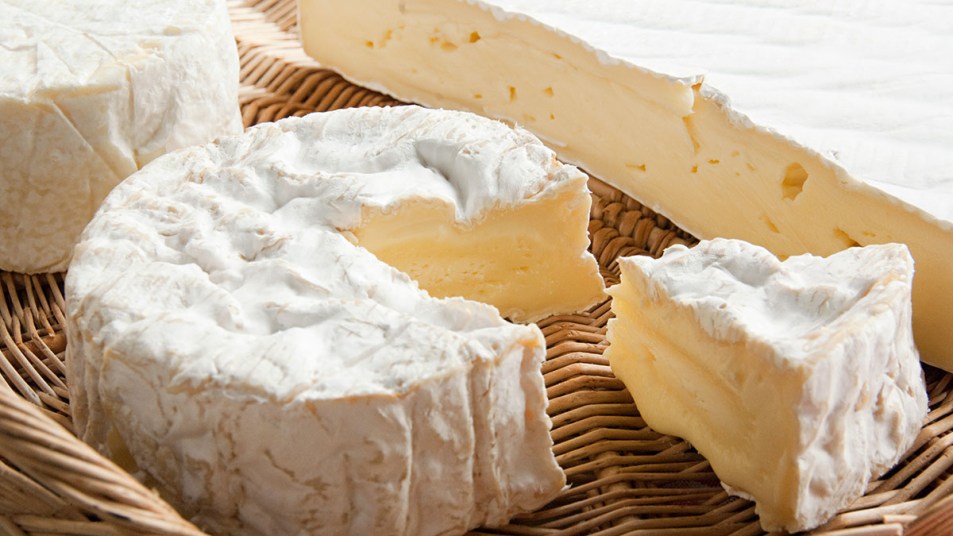A Little Nibble of Cheese Could Help Keep This Health Issue at Bay

Are you a cheese lover? Do you find yourself craving a little nibble of brie (or cheddar, or gouda) but resist the temptation because ‘cheese is bad for you’? Rejoice, because cheese actually has health benefits: It’s good for your teeth, for one!
Cheese is high in calcium thanks to its dairy content, and calcium is good for maintaining healthy bones. While teeth aren’t exactly bones — they’re made of collagen — they store calcium in similar ways and need it to stay healthy. Adding more calcium to our diet through foods like cheese can help keep our teeth strong.
Cheeses like Swiss, provolone, gouda, and cheddar also have probiotic qualities. Probiotics, otherwise known as ‘good bacteria’, are filled with health benefits for our teeth and gums. “Cheese contains a natural source of ‘healthy bacteria,’ and the more we overwhelm the mouth with good bacteria, the less opportunity we give to the bad bacteria to overgrow,” periodontist Sharona Dayan, DDS, DMSc, president of Aurora Periodontal Care, told our print magazine.
While cheese can be good for your oral health, it still has negative side effects due to its high fat content. That’s why it’s important to stick to naturally low-fat cheeses like cottage cheese, ricotta, and part-skim mozzarella.
Although cheese is very fattening, it neutralizes damaging acid in the gut, preventing tooth decay, enamel discoloration, and cavities.
“Cheese can help maintain the pH balance in our mouths, which is very important for the maintenance of oral health,” Joel Berg, DDS, told Well and Good. “When our mouth pH gets out of balance, especially when it becomes too acidic, the cavity-forming, tooth-decaying process goes into overdrive.”
Do you think this why we’re told to ‘say cheese’ when we smile for pictures? Maybe not, but it’s great to know cheese is actually ‘good’ — for our teeth, anyway. Three, two, one … Smile!
















